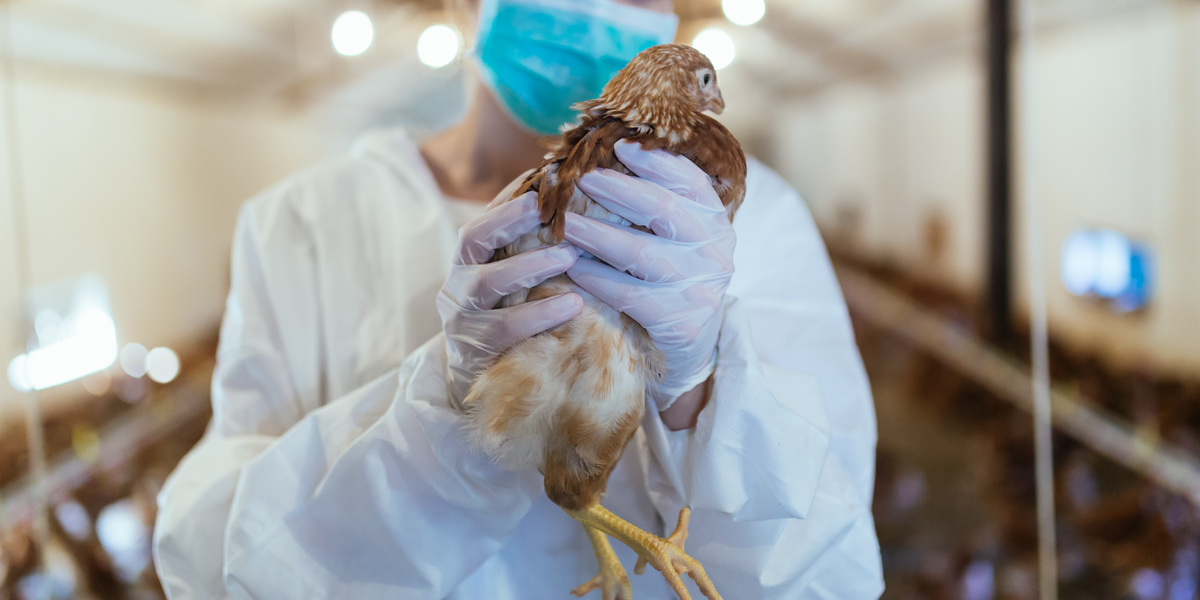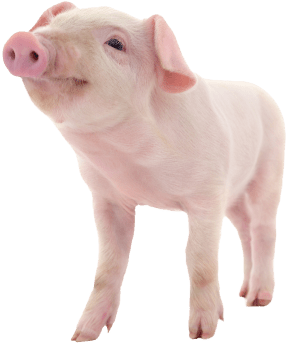
Poultry Vet Recommendations for Protecting Your Birds Against H5N1
|
|
Time to read 3 min
 You are being redirected to QC Supply Pharmacy, where you’ll find a wide selection of high-quality prescription and pharmaceutical products for animals of all sizes.
Enjoy the same great service and expertise you trust from QC Supply.
Click below to continue shopping.
Continue
No thanks, stay on the main site
Powered by
You are being redirected to QC Supply Pharmacy, where you’ll find a wide selection of high-quality prescription and pharmaceutical products for animals of all sizes.
Enjoy the same great service and expertise you trust from QC Supply.
Click below to continue shopping.
Continue
No thanks, stay on the main site
Powered by


|
|
Time to read 3 min
The avian influenza virus strain H5N1 continues to devastate farmers across the United States. According to Dr. Ashley Mason, an accomplished turkey veterinarian at Gaydos Technical Services, a company providing veterinary and technical support to the poultry industry, biosecurity is the essential foundation of the national disease control program.
In this article, Dr. Mason shares invaluable insights on addressing the H5N1 disease challenges in the context of limited medical treatment and prevention tools by adopting robust biosecurity practices and choosing the correct equipment and products.
Blog written by Dr. Ashley Mason, Gaydos Technical Services
“Biosecurity must be practiced daily, not just occasionally. Much like brushing your teeth, it needs to become part of your routine," said Dr. Mason.
According to Dr. Mason, the first thing to consider when establishing the biosecurity measures on your farm is how the diseases are transmitted to flocks. For poultry, these include:
“Once we understand the various methods of disease transmission, we can incorporate biosecurity measures into our daily routines," said Dr. Mason.
"The farm entrance is the first line of defense on the farm. Ensure there are gates and signage so people know to stay out of the farm unless authorized," said Dr. Mason. Consider adding a Biosecurity Stop Sign to your barn’s entrance for extra visibility for your biosecurity efforts.
According to Dr. Mason, the next biosecurity level to consider is the perimeter buffer area around the barns. This includes vehicle disinfection, regular site cleaning and maintenance, wildlife and rodent control, and livestock management. Your buffer area biosecurity routine should feature rules such as:
When it comes to rodent control, Liphatech and Motomco are two trusted bait station manufacturers delivering consistent quality in various placement scenarios. Some of their products to consider are:
As for the rat and mouse bait, the same two manufacturers offer a wide selection of proven solutions featuring:
For disinfecting various surfaces, look for products specifically formulated for poultry barns, as they are the most effective in shielding against avian pathogens such as H5N1. Two disinfectant manufacturers to consider are Synergize and Virkon.
"Our last line of defense is what we do when we enter the poultry barns," said Dr. Mason.
According to Dr. Mason, wild birds shed pathogens into their feces, and a very small gram-sized amount of fecal material can infect an entire poultry barn. It is crucial to remember this when considering what you bring into a poultry house.
Any equipment, clothes, shoes, pens, or phones must be thoroughly cleaned and disinfected before entering the poultry house. Wear new or clean PPE: coveralls, hairnets, gloves, and boots when entering the barns with birds. Consider using Five Rock Standard or Heavy Weight Disposable Coveralls, DuPont Tyvek Protective Apparel - Coveralls, or Suntech Microporous Disposable Coveralls.
Boots especially need to be a focus as we walk outside and do not know what we are potentially tracking into the barns. Products like Flatfoot Disposable Boot Covers and SafeTrack-HD High Traction Boot Covers will help you minimize the risks of exposing your birds to external infections.
Continuous Biosecurity Improvement With QC Supply
Unfortunately, even with all of the above practices in place, there is still a risk of disease. "It is important to immediately report any instance of elevated sickness or mortality in flocks so proper testing of HPAI or other diseases can be done, reducing the spread of the disease to other flocks,” said Dr. Mason.
Continuous improvement and regular training are essential to adapting to new threats and maintaining high biosecurity standards. As well as a sufficient stock of the necessary tools, equipment, and solutions. Browse our complete selection of PPE and biosecurity products here.
Did we miss any key information? Drop a comment below! Still have questions? Give our experts a call today at 888-433-5275.